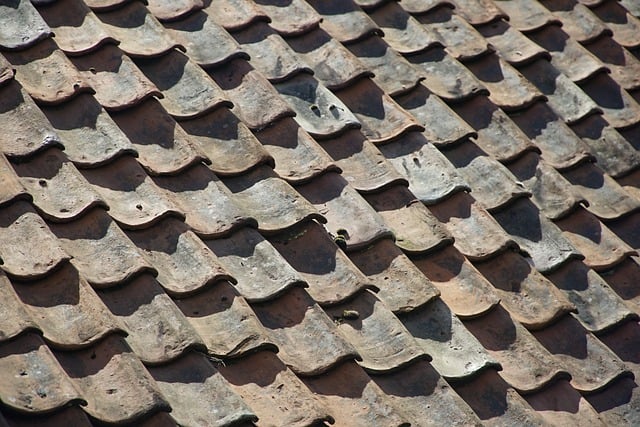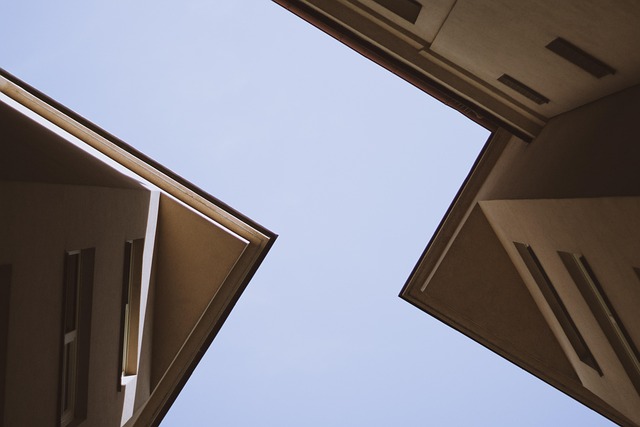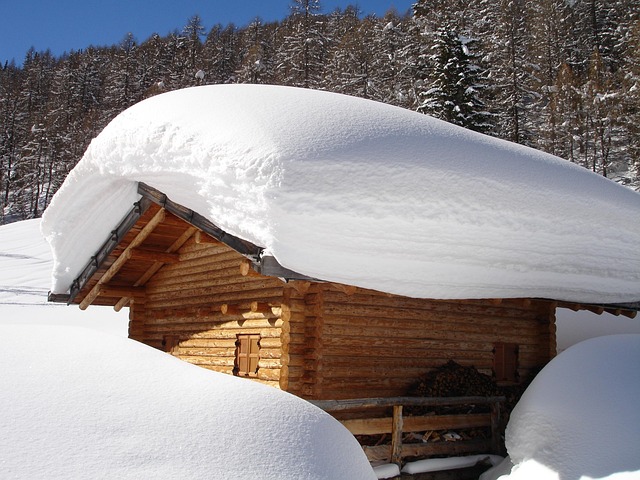Commercial roof installation requires meticulous planning and execution, addressing structural integrity, weatherproofing, ventilation, and compliance with building codes. It involves selecting suitable materials like bitumen, EPDM, TPO for flat roofs, or metal, concrete tiles, and asphalt shingles for sloped roofs. The process includes site preparation, flashing installation, and waterproof membrane laying. Challenges include securing weatherproof seals around penetrations and navigating structural integrity in older buildings. Regular maintenance, including bi-annual inspections and simple tasks like clearing gutters, extends the roof's lifespan.
“In the realm of commercial construction, a robust and reliable roof is non-negotiable. This comprehensive guide delves into the intricate world of roof installation, offering a detailed overview for professionals. From understanding the fundamentals to exploring diverse roofing materials, this article covers all aspects of commercial roof installation.
Learn about key considerations before initiating any project, ensuring optimal results. Discover the latest techniques and best practices through our step-by-step guide, and gain insights into overcoming common challenges. Moreover, we provide essential maintenance tips to extend the lifespan of your commercial roof.”
Understanding Commercial Roof Installation: A Comprehensive Overview

Commercial roof installation is a complex process that requires meticulous planning and execution. It’s more than just placing a new covering on top; it involves understanding the unique challenges posed by larger, often multi-story structures. These include structural considerations, weatherproofing, ventilation, and compliance with building codes and safety regulations.
A comprehensive overview of commercial roof installation should cover various aspects such as choosing the right roofing material for the specific structure, designing an efficient drainage system to prevent water damage, ensuring proper insulation for energy efficiency, and implementing robust ventilation systems to maintain indoor air quality. Each component plays a vital role in the long-term durability, safety, and functionality of the building’s roof.
Key Factors to Consider Before Installing a Commercial Roof

Before installing a commercial roof, several key factors must be considered to ensure a durable and efficient structure. The first step is evaluating the building’s structural integrity and load-bearing capacity to determine if it can support the additional weight of a new roofing system. This includes assessing the framework, walls, and foundation for any signs of weakness or damage. Weather conditions also play a significant role; understanding local climate patterns, average rainfall, and potential snowload will help in choosing the right roof materials and designs suited to the environment.
Another critical aspect is compliance with local building codes and regulations. Different regions have specific requirements for commercial roofing, including permits, inspections, and safety standards. Additionally, energy efficiency should be a priority, as commercial roofs can significantly impact a building’s overall energy consumption. Selecting reflective or energy-efficient materials can contribute to cost savings and environmental sustainability. Lastly, the roof’s accessibility and maintenance are essential considerations, dictating the design and choice of systems that facilitate easy upkeep and repairs in the long term.
Types of Commercial Roofing Materials and Their Applications

When it comes to commercial roof installations, choosing the right material is paramount. Flat roofs commonly employ materials like bitumen, EPDM (ethylene propylene diene monomer), and TPO (thermoplastic polyolefin) due to their cost-effectiveness and ease of installation. These synthetic rubbers offer excellent weather resistance, making them ideal for commercial spaces where durability and low maintenance are key considerations in roof installations.
For sloped roofs, options expand to include metal, concrete tiles, and asphalt shingles. Metal roofing is a popular choice for its longevity, reflectivity (reducing heat absorption), and recyclability. Concrete tiles are known for their aesthetic appeal and resistance to extreme weather conditions. Asphalt shingles, the most common residential choice, also find application in commercial settings, offering affordability and ease of installation alongside good durability for larger structures.
Step-by-Step Guide to Efficient Commercial Roof Installation

The process of installing a commercial roof is a complex undertaking that requires meticulous planning and execution. Here’s a step-by-step guide to help streamline the process for efficient commercial roof installation:
1. Preparation: Begin by assessing the building’s structural integrity, identifying load requirements, and selecting appropriate roofing materials compatible with the structure. Obtain necessary permits from local authorities. Create a detailed plan outlining the project scope, timeline, and budget, ensuring alignment with industry standards and safety regulations.
2. Site Preparation: Clear the roof area of debris and obstructions. Inspect and prepare the decking, repairing or replacing any damaged sections. Install flashing around penetrations like vents and pipes to prevent water intrusion. Lay down a waterproof membrane as a barrier against moisture, followed by underlayment for added protection.
Common Challenges in Commercial Roof Installation and How to Overcome Them

Commercial roof installations present unique challenges due to the scale and complexity of these structures. One of the primary hurdles is ensuring a secure and weatherproof seal around penetrations like vents, pipes, and flashing. Poor installation in these areas can lead to significant leaks over time, causing costly damage to the building’s interior. To overcome this, roofer professionals must employ specialized techniques and high-quality materials tailored for each penetration, ensuring proper sealing and flashing.
Another common challenge is navigating the structural integrity of existing roofs during installation. Many commercial buildings have older roofing systems that require careful consideration to avoid damaging the structure below. Regular inspection, meticulous planning, and using compatible materials with the existing roof are essential strategies. Additionally, staying up-to-date with local building codes and regulations ensures compliance and helps prevent future issues related to structural integrity and safety.
Maintenance Tips for Longevity: Ensuring Your Commercial Roof Stays Robust

Regular maintenance is key to extending the lifespan of your commercial roof. After installation, it’s crucial to establish a routine that includes inspections at least twice a year. During these checks, look out for any signs of damage like missing or damaged shingles, leaks, or mold growth. Addressing issues early prevents more severe problems down the line.
Simple tasks like clearing gutters of debris and ensuring proper drainage can go a long way in protecting your roof. Additionally, applying sealants to flashings and joints can prevent water intrusion, while power washing removes dirt and grime buildup that could affect the roof’s performance. Regular maintenance not only keeps your roof robust but also ensures it meets safety standards and retains its warranty.
